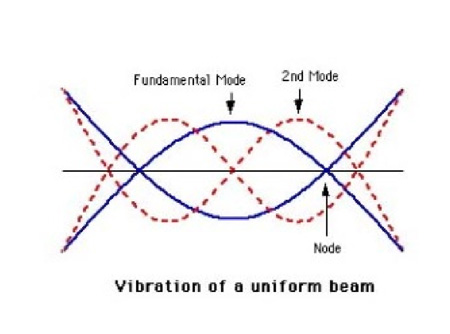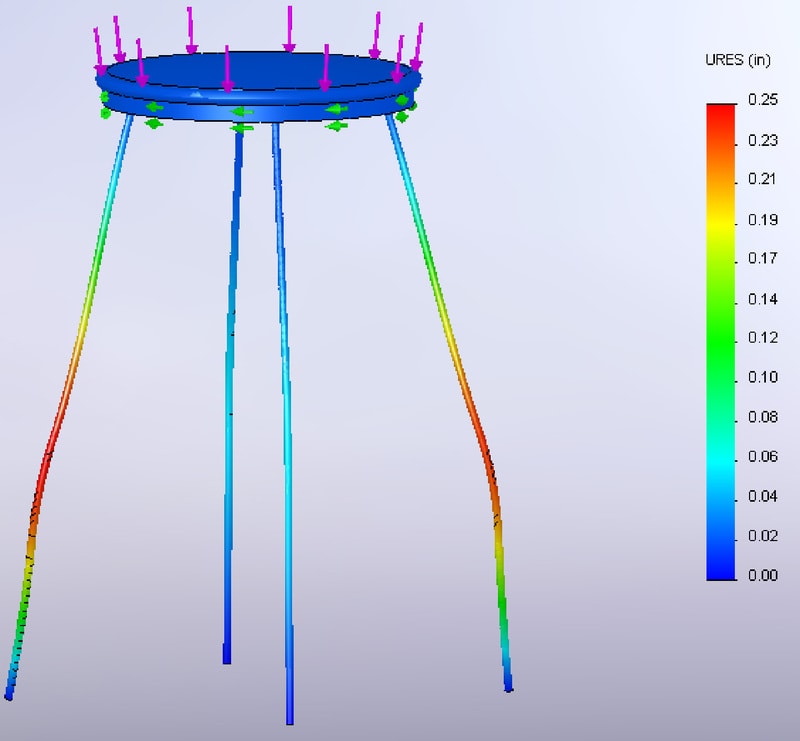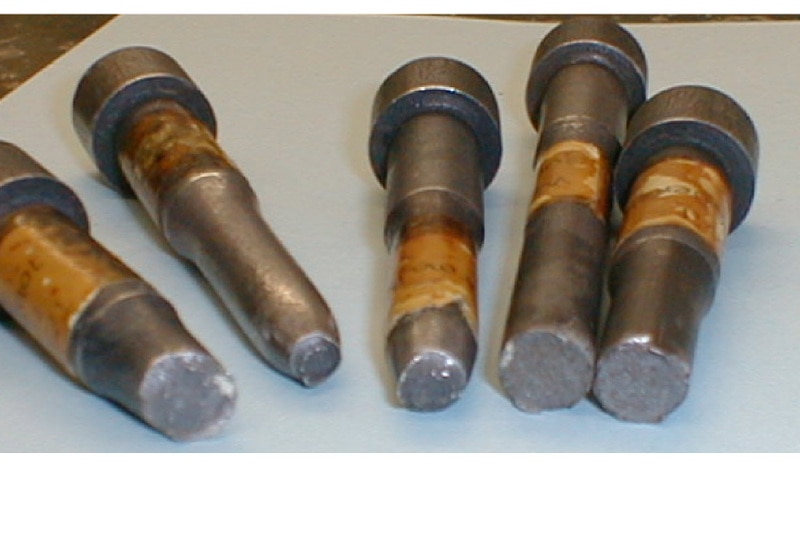Do your Designs Sing?
We often
consider design to be safe if prototypes work out fine, or if over a period of
time legacy data has paved the way. If comfortable with analysis, static tests
are the first line of defense to prove concepts. Knowing loading conditions,
and component interaction with its environment we identify success with an
appeasing color chart of blue and green colors. Could it be we missed a few
nuances making our best design not perform as planned? Let me clarify….
As you’re
cruising along in your ride there is a sudden noise that always occurs at a
certain speed. It goes away as soon as you cross that speed. Or remember the
time when the plastic stool could not hold your weight and you simply
attributed that to Walmart’s poor quality products. How about excessive use of
certain microwavable utensils and then suddenly the lid never fits. Do you
think these all are poor designs or someone didn’t do their homework? Can there
be a similar case at work…..how about the motor in a plant shop that hums at a
certain rpm, or certain portions of work space that are over cooled compared to
others. Maybe it’s time we tried to look at designs in their environment,
rather than simply understanding loading conditions.
Frequency / Modal tests: The reason why you hear odd sounds
in the car is because a car body’s natural frequency matched the rate at which
wind load was acting on it, the same reason why the motor in plant shop hums at
a certain rate. This concept is called resonance. In the case of a guitar,
resonance appeases ear buds.
Buckling tests: WalMart’s plastic stool which is
designed to hold a certain weight failed because of a phenomenon called
buckling. When thin slender cross sections are subjected to compressive loads
they fail in a combination of yielding and buckling. The material cross section
deforms slightly and hence incapacitates it from providing resistance to an
applied load.
Thermal tests: When a component heats up it
expands. This is precisely the reason why there are gaps in rail road tracks.
There are slots made in the cutting blade of a saw to accomplish effective
heat dissipation.
Fatigue tests: When a component is repeatedly
loaded and unloaded, there are residual loads left in the component. This is
what causes the microwave utensil lids to not fit in after an extended period of
usage.
COSMOS or
SOLIDWORKS Simulation can help you account for all possible design scenarios.
The idea is to empower you to think more about your designs rather than the
design process.
Rajat Trehan
Product Manager – Design Validation
Computer Aided Technology Inc.

 Blog
Blog 


